#gymnogyps californianus
Text
BOTD: California Condor

Photo: Donna Pomeroy
"A holdover from prehistoric times, the great condor is one of our largest and most magnificent birds -- and one of the rarest. Soaring over wilderness crags, feeding on carcasses of large dead animals, reproducing very slowly, it was not well suited to survival in modern-day southern California. Headed toward extinction in the 1980s, the last birds were brought in from the wild in 1987, to be bred in captivity for eventual release into the wild again. The captive breeding program turned out to be surprisingly successful, and flocks of released condors are surviving in several areas of California and in the region of the Grand Canyon."
- Audubon Field Guide
#birds#california condor#birds of north america#north american birds#condors#vultures#raptors#birds of the us#birds of mexico#birding#birdblr#birblr#bird watching#bird of the day#Gymnogyps californianus
163 notes
·
View notes
Text

California Condor
80 notes
·
View notes
Photo

Condor Close-up by tomblandford
California Condor (Gymnogyps californianus)
#california condor#condor#endangered species#bird#bird of prey#Gymnogyps californianus#Gymnogyps#Endangered Bird
272 notes
·
View notes
Text

#524, a california condor for @knaveofmogadore. Had a lot of fun with this one.
Requests for birds are open, updates happen on Thursdays.
[project tag] | [kofi]
[commissions]
Find me on: [twitter]
#bird#bird art#condor#california condor#gymnogyps californianus#vulture#new world vulture#daily draw#tri's art#crusty lookin bird i love them#the other ones that are super detailed headshots like the golden eagle and bearded vulture took multiple days#and a lot of struggle#somehow i got this one out in just two sessions over two days lol
50 notes
·
View notes
Photo
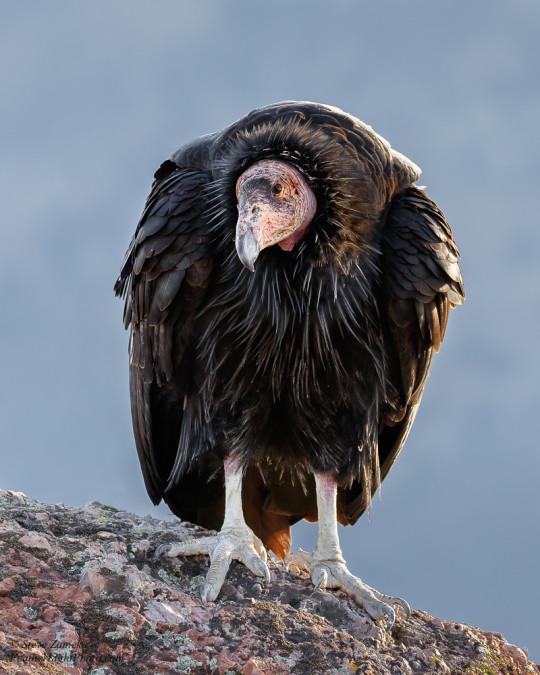
California Condor (Gymnogyps californianus)
© Steve Zamek
322 notes
·
View notes
Photo
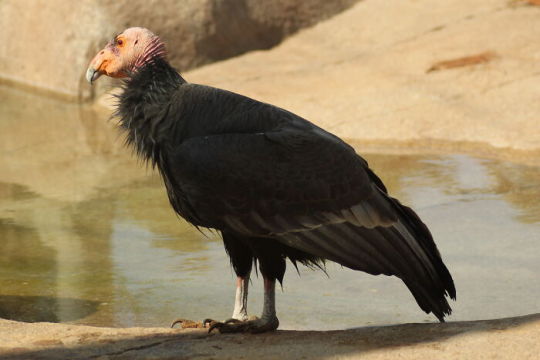
Rarest Animals In The World That Are On The Brink Of Extinction
California Condor (Gymnogyps Californianus)
Wikimedia Commons
#wikimedia commons#photographer#california condor#gymnogyps californianus#bird photography#condor#animal#nature#extinction#critically endangered
24 notes
·
View notes
Video
California Condor (Gymnogyps californianus), adult male DSD_2018 by fotosynthesys
#California condor#Gymnogyps californianus#condor#vulture#Cathartidae#raptor#bird#Pinnacles#California#Federally Endangered#United States#critically endangered#flickr
7 notes
·
View notes
Text
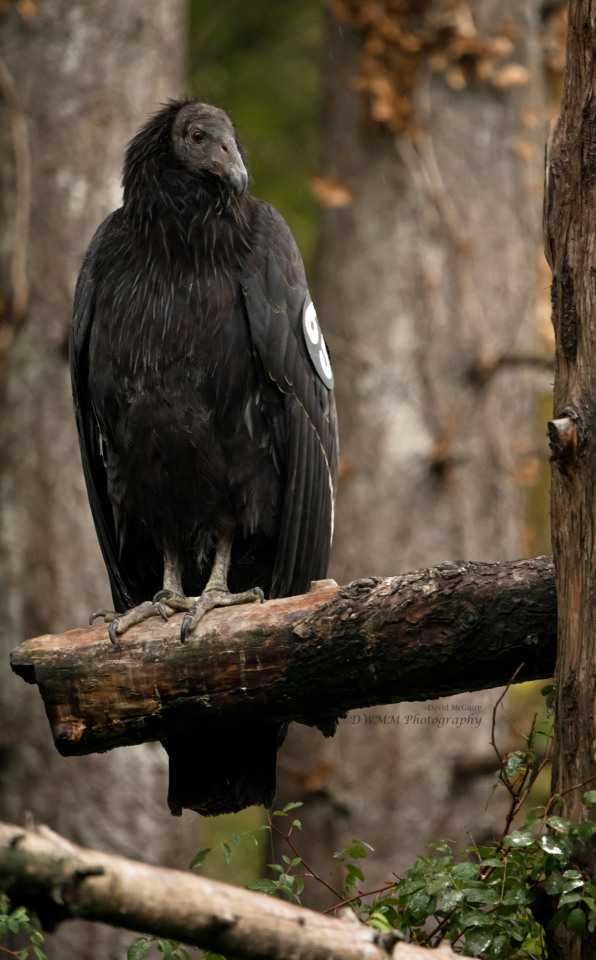
On this Scavenger Sunday we have a juvenile California condor at the Oregon Zoo. Like their smaller turkey vulture cousins, California condors start off with dark skin on their faces. As they mature (~6 year process), the skin turns the ~salmon color of an adult.
#California condor#condor#vulture#Gymnogyps californianus#zoo photography#bird photography#Scavenger Sunday#sunday is for scavengers#my photos
12 notes
·
View notes
Photo

California Condor (Gymnogyps californianus)
© Steve Zamek
8 notes
·
View notes
Text
Critter fact #172:
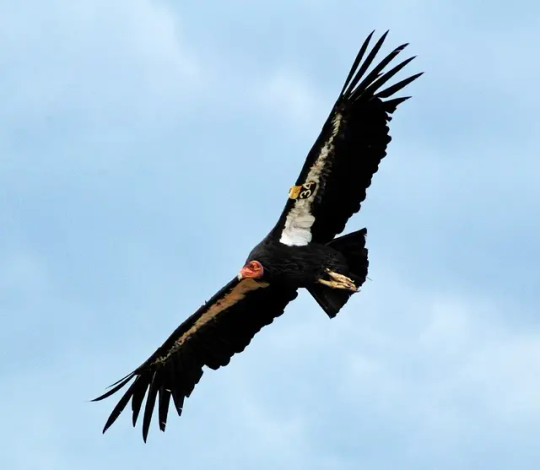
California condors (Gymnogyps californianus) can live up to 60 years
0 notes
Text
oh SHIT. i dont know how i missed this 13th for the birds this sorely but. sorry
California Condor (Gymnogyps californianus)


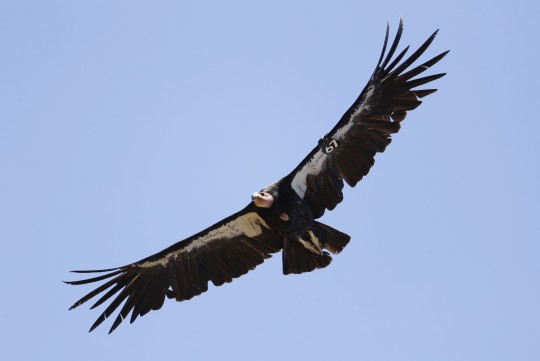
Did you know these guys can asexually reproduce? Also, they have a wingspan of 9.5 feet. Shits crazy
1 note
·
View note
Photo
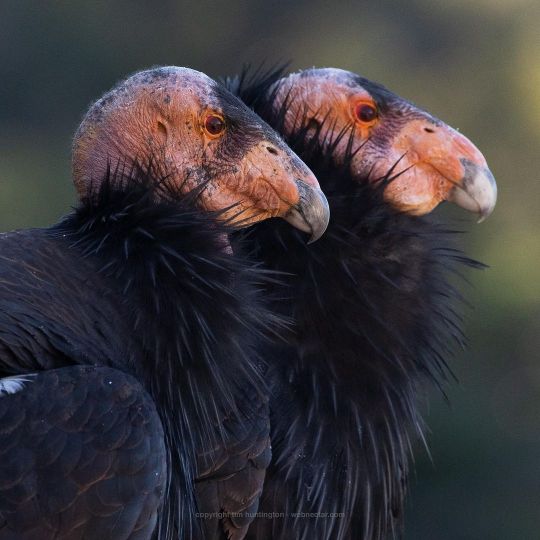
California Condor
#california condor#condor#vulture#Gymnogyps californianus#bird#upl#Accipitriformes#Cathartidae#Gymnogyps
79 notes
·
View notes
Text

California Condor, Gymnogyps californianus, a critically endangered Pleistocene vestige.
2K notes
·
View notes
Text
Round 1 Group 2
California condor - Gymnogyps californianus

Cream-backed woodpecker - Campephilus leucopogon
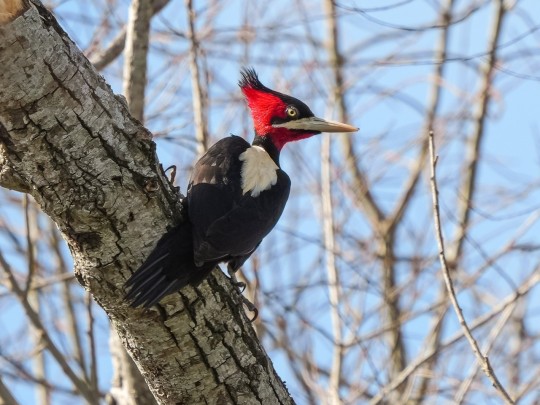
Common snipe - Gallinago gallinago

Blue-black kingfisher - Todiramphus nigrocyaneus

Cinereous tyrant - Knipolegus striaticeps

American kestrel - Falco sparverius
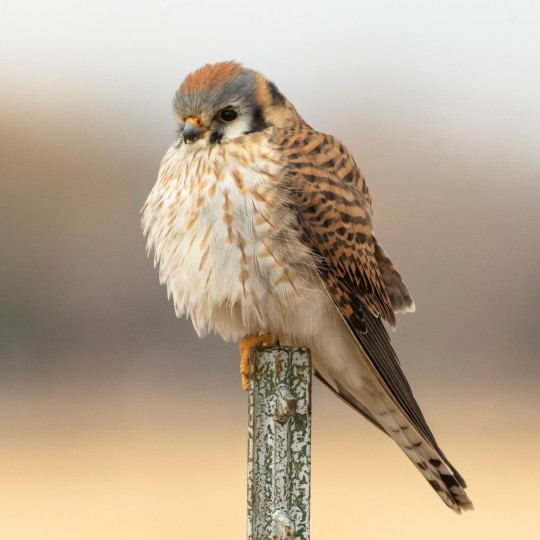
Please reblog with your choice and reasoning!
387 notes
·
View notes
Text

[ https://www.inaturalist.org/observations/24567882 ]
California Condor - Gymnogyps californianus - Observed in Mexico
#california condor#vulture#birds#birds of prey#raptor#ornithology#nature#wildlife#who cooks for queue? who cooks for queue all?
22 notes
·
View notes
Text
Redwoods, like all trees, are engineered marvels. They have come into their own through the inexorably turning wheels of natural selection and evolution, responding to environmental pressures, genetic drift and mutation.
They even have two kinds of leaves that help the trees adapt to both wet and dry conditions. They are born to change, just as humans are born to change.
Evolution is usually a very slow process, although sometimes it’s surprisingly quick. New, intense pressures of a warming and changing climate are speeding things up. ...
Redwoods are so large that one reportedly was found to house a Sitka spruce (Picea sitchensis), 8 feet tall, growing far off the ground within the larger tree. Redwoods also have served for millennia as nesting habitat for huge California condors (Gymnogyps californianus), whose wingspan is nearly 10 feet. A big bird needs a big home.
There’s also a place for the tiny, living side by side with all of the largeness tucked in the complex, secret interstices of these trees. Nestled into extensive mats of ferns that grow high up in redwood canopies, researchers find aquatic crustaceans called copepods that normally would live in larger bodies of water. No one knows how they got into the trees, but the fern mats trap enormous quantities of moisture from rain and fog, creating wetlands in the sky. ...
Even species as enduring as coast redwoods are affected by climate change. Diminished moisture stresses the trees, making them grow with less vigor. New fire dangers put them at risk, and more frequent floods erode the big trees’ footing. But redwoods also are adapting.
A 2018 survey of nine large redwood trees found a total of 137 species of lichen growing on the trees, including several that were new to science. One was Xylopsora canopeorum, whose specific name celebrates the canopy where it was discovered.
This lichen seems to be unique to the warmer and drier forests in California’s Sonoma and Santa Cruz counties, in the southern part of coast redwoods’ range. This is an exciting finding, for it provides evidence that new forms of life – ecosystem partners – may be evolving in sync with trees that are also evolving in the face of climate change.
8 notes
·
View notes
